
The riviera
The French Riviera is known in French as the Côte d’Azur. In her 1955 novel, The Talented Mr. Ripley, Patricia Highsmith describes the Riviera as including all of the coast between Toulon and Menton!
HISTORY
Until the end of the 18th century, the area later known as the Côte d’Azur was a remote and impoverished region, known mostly for fishing, olive groves and the production of flowers for perfume manufactured in Grasse!
It all started when in 1834, a British nobleman and politician named Henry Peter Brougham, First Baron Brougham and Vaux, who had played an important part in the abolition of the slave trade, travelled with his unwell daughter to the south of France, intending to go to Italy. A cholera epidemic in Italy forced him to stop at Cannes, where he enjoyed the climate and scenery so much that he bought land and built a villa. He began to spend his winters there and, owing to his clout in the UK, others followed and Cannes soon had a small British enclave!

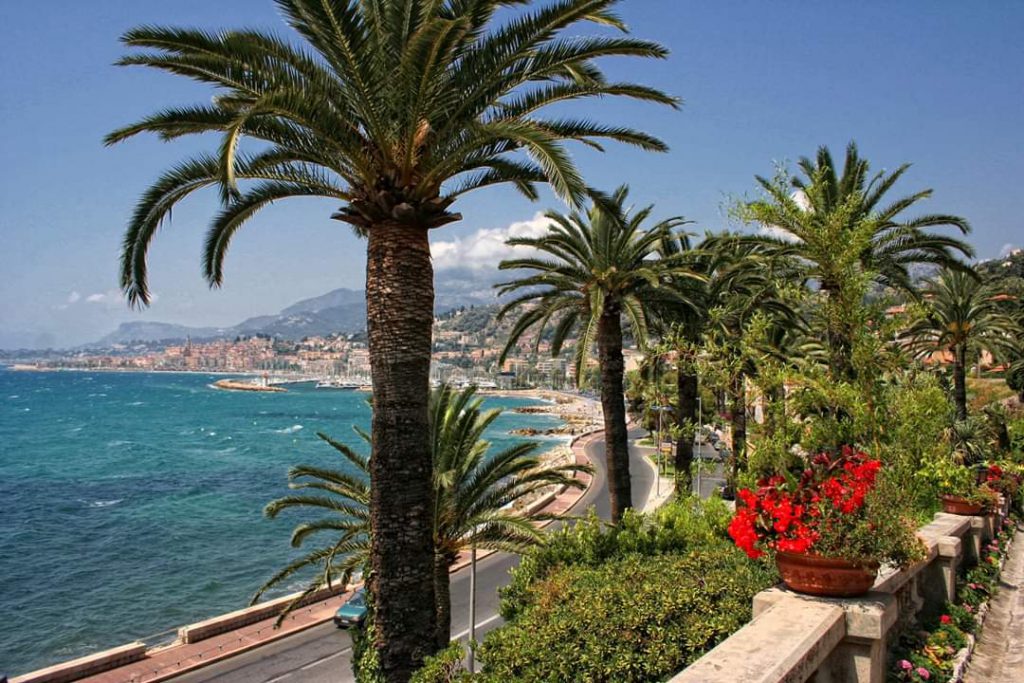
Climatotherapy
The British novelist Tobias Smollett, who visited Nice in 1763 when it was still an Italian city within the Kingdom of Sardinia, brought Nice and its warm winter climate to the attention of the British aristocracy with Travels through France and Italy, written in 1765. At about the same time, a Scottish doctor, John Brown became famous for prescribing what he called climatotherapy, a change in climate, to cure a variety of diseases including tuberculosis, known then as consumption. The French historian Paul Gonnet wrote that, as a result, Nice was filled with “a colony of pale and listless English women and listless sons of nobility near death”.
In 1864, six years after Nice became part of France following the 2nd Italian War of Independence, the first railway was completed, making Nice and the Riviera accessible to visitors from all over Europe. One hundred thousand visitors arrived in 1865. By 1874, residents of foreign enclaves in Nice, most of whom were British, numbered 25,000!
Monte carlo
Blanc arranged for steamships and carriages to take visitors from Nice to Monaco, and built hotels, gardens and a casino in a place called Spélugues. At the suggestion of his mother, Princess Caroline, Charles III renamed the place Monte Carlo… after himself! When the railway reached Monte Carlo in 1870, thousands of visitors began to arrive and the population of the principality of Monaco doubled.

European royalty
The French Riviera soon became a popular destination for European royalty. Just days after the railway reached Nice in 1864,Tsar Alexander II of Russia visited on a private train, followed soon afterwards by Napoleon III and then Leopold II, the King of the Belgians.
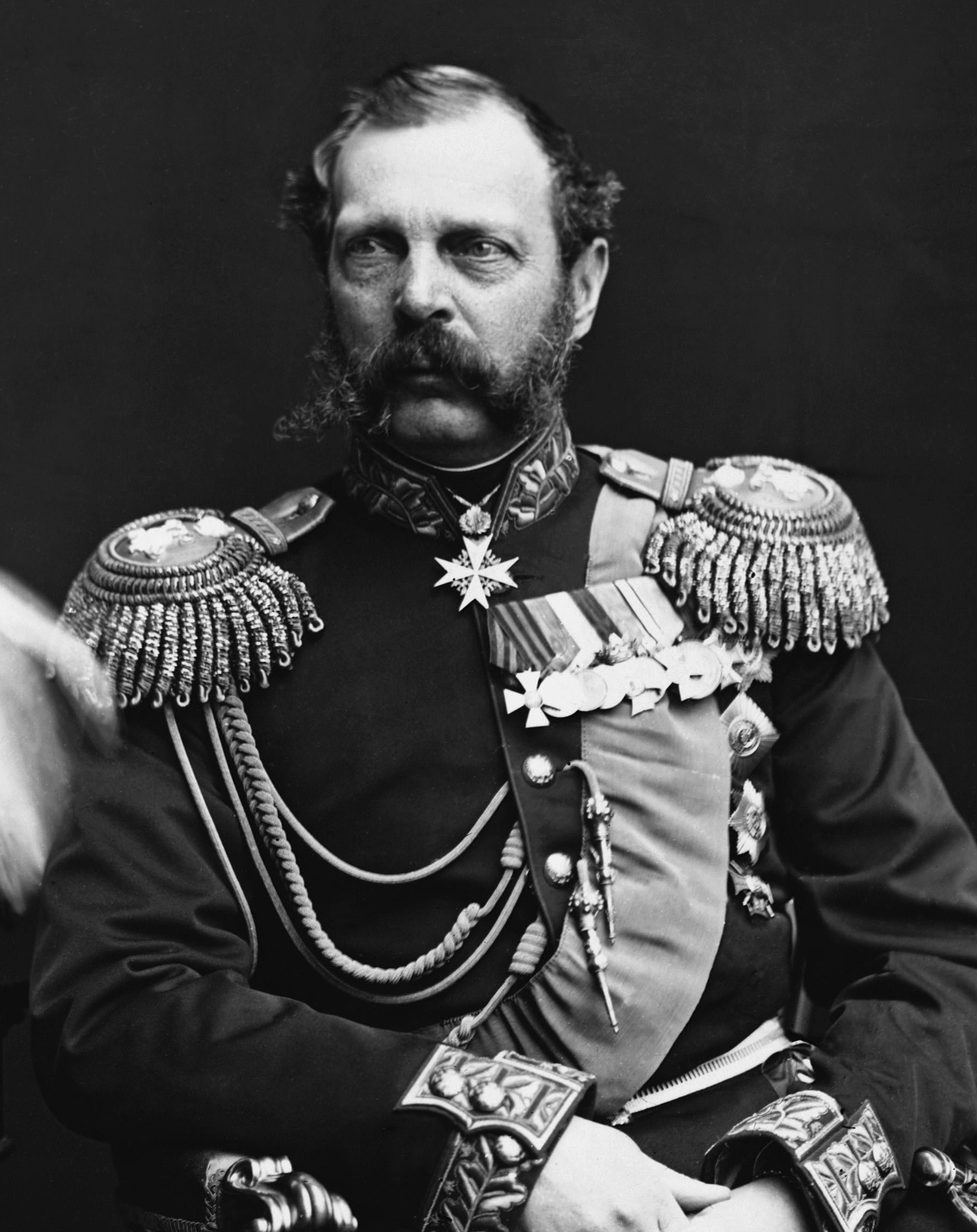
Alexandre II de Russie
en 1878 ou 188

Napoléon III

Léopold II (roi des Belges)
Queen Victoria
Queen Victoria was a frequent visitor. In 1882 she stayed in Menton and in 1891 spent several weeks at the Grand Hotel at Grasse. Between 1895 and 1899 she stayed at the Excelsior Hôtel Régina in Cimiez in the hills above Nice. She and her staff took over the entire west wing of the hotel, which had been designed with her needs specifically in mind – part of which later became the home and studio of the renowned artist Henri Matisse. Queen Victoria travelled with an entourage of between sixty and a hundred, including chef, ladies in waiting, dentist, Indian servants, her ownbed and her own food.
The Prince of Wales was a regular visitor to Cannes, starting in 1872. He frequented the Club Nautique, a private club on the Croisette, the fashionable seafront boulevard of Cannes. He visited there each spring, observing yacht races from shore while the royal yacht, Britannia, was sailed by professional crewmen. After he became King in 1901, he never again visited the French Riviera.

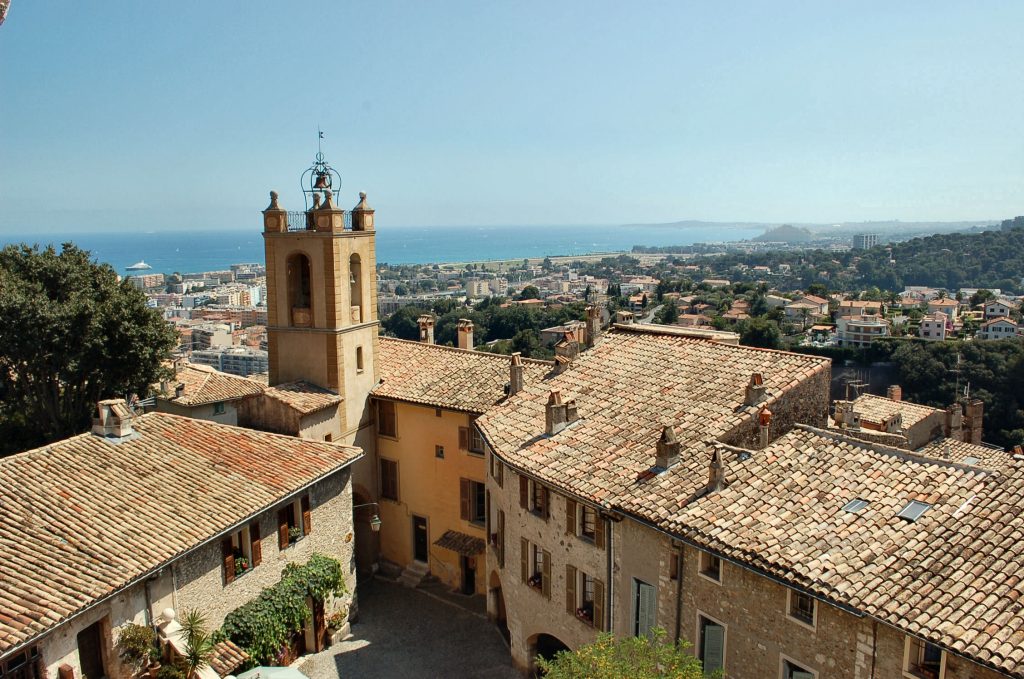
ARTISTS
Following World War I, greater numbers of Americans began arriving, with business moguls and celebrities eventually outnumbering aristocrats.The ‘High Society’ scene moved from a winter season to a summer season. Americans began coming to the south of France in the 19th century. Henry James set part of his novel The Ambassadors on the Riviera. James Gordon Bennett Jr, the son and heir of the founder of the New York Herald, had a villa in Beaulieu. Industrialist John Pierpont Morgan gambled at Monte Carlo and bought 18th-century paintings by fragonnard in Grasse – shipping them to the Metropolitan Museum in New York. Many writers also sought the Riviera for a warm climate and inexpensive life then.
THE BLUE TRAIN
A feature of the French Riviera between the two Wars was the ‘Train Bleu’, an all first-class sleeper train which brought wealthy passengers down from Calais. It made its first trip in 1922, and carried Winston Churchill, Somerset Maugham, and the future King Edward VIII over the years. While Europe was still recovering from WWI and the American dollar was strong, American writers and artists started arriving on the Côted’Azur. Dancer Isadora Duncan frequented Cannes and Nice, but died in 1927 when her scarf caught in a wheel of the Amilcar motorcar in which she was a passenger and strangled her.
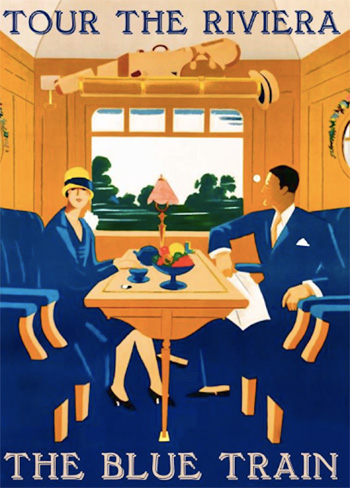

The Great Gatsby
the Villa Lou Viei
During the abdication crisis of the British Monarchy in 1936, Wallis Simpson, the intended bride of King Edward VIII, was staying at the Villa Lou Viei in Cannes, talking with the King by telephone each day. After his abdication, the Duke of Windsor, as he became, and his new wife stayed at the Cap d’Antibes.
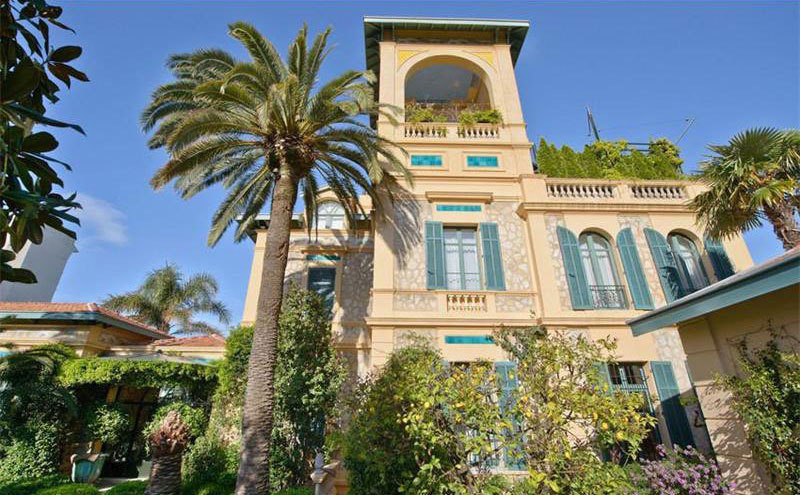

During the Second World War when Germany invaded France in June 1940, the remaining British colony was evacuated to Gibraltar and eventually to Britain. American Jewish groups helped some of the Jewish artists living in the south of France, such as Marc Chagall, to escape to the United States.
Saint-Tropez was badly damaged by German mines at the time of the liberation. The French novelist Colette organised an effort to assure the town was rebuilt in its original style. When the war ended, artists Marc Chagall and Pablo Picasso returned to live and work on the Riviera.
SAINT TROPEZ

The Cannes Film Festival
The Cannes Film Festival was launched in September 1946, marking the return of French cinema to world screens. The Festival Palace was built in 1949 on the site of the old Cercle Nautique, where the Prince of Wales had met his mistresses in the late 19th century. In 1956, the release of the French film Et Dieu… créa la femme (And God Created Woman) was a major event for the Riviera, making an international star of Brigitte Bardot and, making Saint-Tropez an international tourist destination, especially for the new class of wealthy international travellers called the jetset!
The marriage of American film actress Grace Kelly to Prince Rainier of Monaco on18 April 1956, attracted world attention once again on Monaco and theRiviera. At the end of August 1997, Princess Diana and Dodi Fayed spent their last days together on his father’s yacht off Pampelonne Beach off Saint-Tropez.
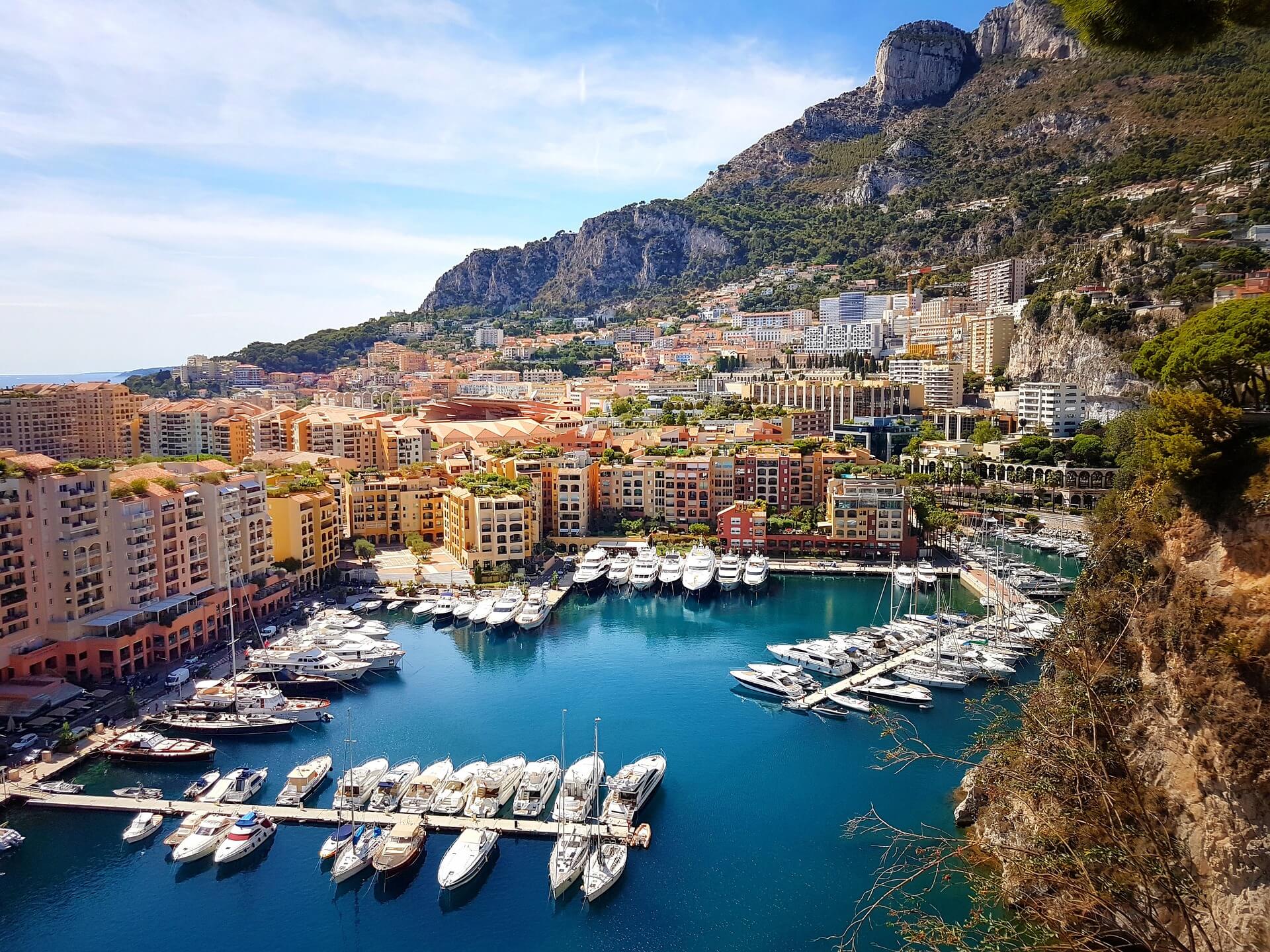
welcome to the RIVIERA
Contact us
We will be delighted to spend a memorable day with you and show you around the best of the Riviera.
